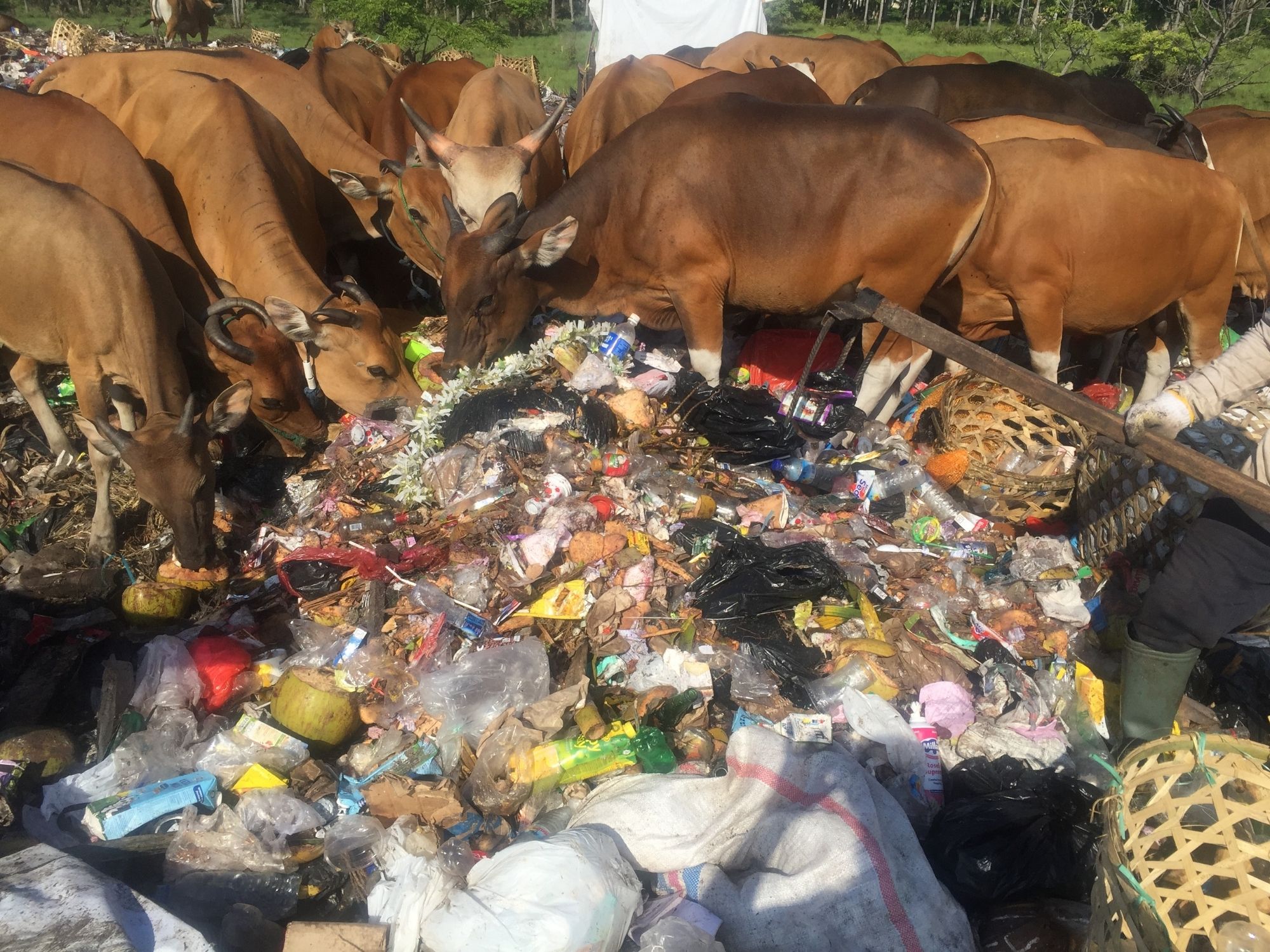
Here’s a thorough article based on the supplied information:
—
# The Global Plastics Sector in 2022: An In-Depth Examination of Recycling, Obstacles, and Future Pathways
The global plastics sector witnessed continued growth in 2022, achieving an astonishing production volume of 400 million tonnes — a remarkable increase from a mere 2 million tonnes in 1950. Nonetheless, in spite of heightened awareness regarding environmental concerns and mounting demands for sustainable practices, only 9.5% of the plastics produced last year consisted of recycled materials. A detailed study by researchers, including lead author Quanyin Tan from Tsinghua University in Beijing, has underscored significant gaps between recycling aspirations and actual outcomes.
## The Recycling Divide: From Goals to Actuality
From the estimated 268 million tonnes of plastic waste generated in 2022, 75 million tonnes were earmarked for recycling. However, only roughly half — 37 million tonnes — were effectively sorted and recycled. The remaining portion ended up either in landfills or was incinerated.
The inadequate recycling rate is linked to three primary challenges:
– **Variety of Plastics**: The broad range of types, additives, and product designs means many plastics are challenging to recycle or do not fit well with standard recycling systems.
– **Contamination Issues**: Food residues and non-recyclable additives frequently render used plastics unsuitable for recycling without expensive preprocessing.
– **Economic Challenges**: As Paschalis Alexandridis from the University at Buffalo points out, the recycling industry often functions on slim margins. Limited and variable market demand for recycled plastic can render the process unprofitable, resulting in recycling facilities opting not to accept certain waste streams.
## Issues and Advancements in Plastic Waste Management
While challenges in recycling remain, there have been beneficial changes in global plastic waste management. In 2022:
– On average, 40% of plastic waste was sent to landfills—a statistically significant enhancement compared to the 50–79% of plastic landfilled each year from 1950 to 2015.
– 34% of plastic waste underwent incineration, an increase from prior years. Although there are concerns regarding emissions from incineration, Alexandridis notes that contemporary incineration plants can recover heat energy for electricity or industrial applications, thus reducing reliance on fossil fuels like coal and petroleum.
These methods, while not perfect, signify a gradual shift in addressing the plastic pollution dilemma.
## Regional Disparities: A Comparison of Two Regions
The global report presents averages, yet noteworthy regional disparities exist:
– In the EU28, 38% of plastic waste was incinerated, 30% recycled, and only 29% sent to landfills in 2022.
– In juxtaposition, the US revealed a recycling rate of merely 5%, with 12% incinerated and a concerning 76% directed to landfills.
Such differences arise from varying levels of public infrastructure, regulatory environments, and economic incentives—or their absence.
Moreover, Tan highlights significant data gaps, particularly regarding the informal recycling sector’s role, such as waste picker communities in Africa and Southeast Asia, whose contributions are frequently overlooked.
## The Future Path: Global Initiatives Against Plastic Pollution
Acknowledging the increasing urgency, UN member states ratified a historic resolution in March 2022 aimed at eradicating plastic pollution. The objective is to finalize an International Legally Binding Instrument (ILBI) later this year, intended to unify efforts and establish rigorous standards for plastic management worldwide.
Future research, according to Tan, will prioritize forecasting how the plastics sector might transform following the ILBI’s implementation. Critical elements likely to shape future trends include advancements in recycling technologies and the creation of regional circular economies—systems that continuously reintroduce used plastics into production cycles.
—
The journey toward a sustainable plastic economy is undoubtedly formidable. However, enhanced international collaboration, technological advancements, and economic reforms could collectively alter the course against plastic pollution, securing a healthier planet for future generations.
—
Would you be interested in a proposed infographic to accompany the article that highlights the essential data points?